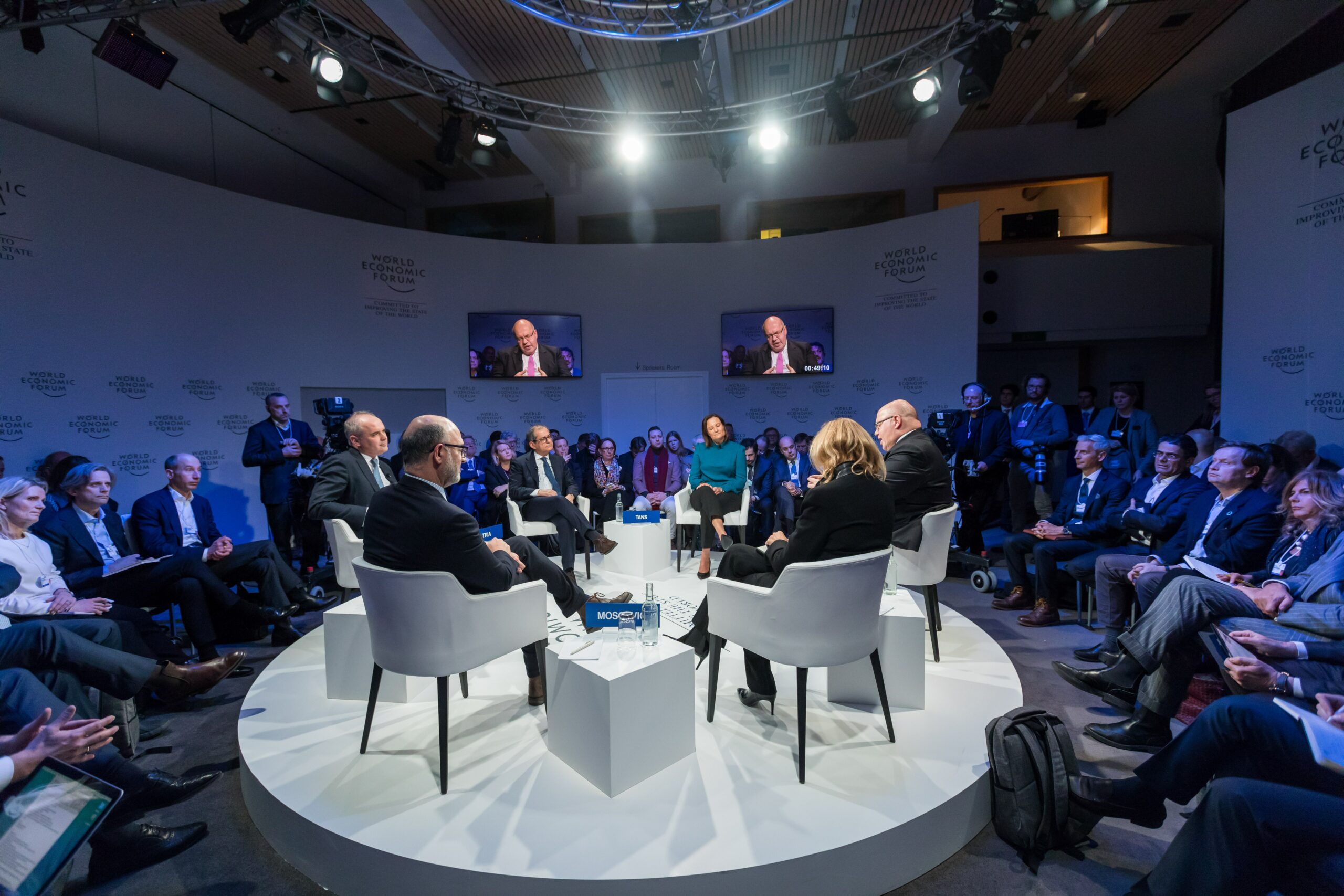In most welfare states, social enterprises are to a large extent dependent on service providers which finance social service in a kind of monopoly market. It is inherent to such organisations to be permanently and simultaneously confronted with different ‘rationalities’ of their stakeholders. As hybrid organisations, they have to mediate between the logics of governmental, market-based, and societal structures. But what do hybridity and multi-rationality mean?
In this post, you will explore those two concepts and will learn about what conclusions can be drawn for the management of social work organisations. We start with the concept of hybridity and then move on to multi-rationality before we will conclude with a summary of the lessons learned.
1. Hybridity
In Germany, social work organisations may take different forms. In the words of Schiffauer and Seelmeyer (2021): These can be “(1) state agencies and administrations, that can act both as funding partner and provider of services, (2) welfare organizations and (3) social economy enterprises, whereby in practice, different hybrid forms of the latter ideal types occur” (Schiffauer & Seelmeyer, 2021, p.134). As ‘hybrid organizations’ (Denis et al., 2015), social work institutions form enterprises across sector boundaries, in which different, mutually dependent values, logics, and action orientations of the respective stakeholders have a significant influence on organizational control. In Germany, they are often confronted with a multitude of competitors in a generally limited ‘social market,’ the so-called ‘third sector’ beyond the state, society, and market. As Billis has mentioned: “Hybridity is not, therefore, any mixture of features from different sectors, but according to this view, is about fundamental and distinctly different governance and operational principles in each sector” (Billis, 2010, p. 3).
According to Heinze, Schneiders, and Grohs (2011), the evolution of hybrid organizations can be attributed in particular to changes in the 1990s, when the welfare state that traditionally adheres to the dominant principles of social security, decentralized benefits, and corporate participation structures in decision-making processes had to adapt to the New Model of Governance (NSM). The perception, recognition, and implementation of different (sector) logics became decisive for the control of educational, social, non-profit organizations. According to Evers and Ewert (2010, pp. 112ff.), four dimensions are particularly crucial for the control of hybrid organizations: (1) The availability of a multitude of different financial sources (e.g. fees, government grants, donations, fundraising, etc.); (2) organizational control that allows for the participation of stakeholders and interest groups at state and federal level (e.g. charities); (3) formal goals (e.g. cost-covering principle) are subordinated to the objectives of the social enterprise; (4) corporate identity emphasizes aspects of the change in the organizational environment in addition to the service to the customers.
Additionally, Eurich (2013, 251ff.) noted that the management of multiple identities lies at the heart of every social work organisation, particularly the simultaneity of different self-identities and external attribution, interprofessional cooperation, links to the local community, the inclusion of different stakeholders and interest groups as well as volunteers. For example, community work could be understood as a tool to cope with and make use of the hybridity that arises from the collaboration between different organisations, people and groups, e.g. the municipality, private providers or other local services. Social issues could be targeted from different sectoral perspectives of society at large.
2. Multi-rationality
Besides the concept of hybridity, Rüegg-Stürm and Schedler from the St. Gallen Management School (2014) coined another concept – multi-rationality. This does not least result from the complexity of their organisational environment. Even if social enterprises may claim for themselves to always make rational decisions, at the same time these organisations have to deal with different expectations, interests, ideas. Also, possible contradictions can exist side by side, which can result from political decisions, different understandings of professionalism, socio-cultural changes or changes in social law. In consequence, to manage their multi-rationality the following principles need to be applied: (1) If we take seriously the thesis that communication is the ‘engine’ of the development of the interaction between different social (sub‒)systems, then, due to different rationalities, different languages and provinces of meaning can develop, between which mediation must be carried out. (2) Along with the various functional systems and the system environment (e.g. politics, society, interest groups), different patterns of rationalities can be observed (e.g. economic, political, legal logics). (3) The management must not only pay attention to the protection of its own system-inherent rationality (principle of ‘operational closure’; cf. Simon 2015, p. 25-7) but also recognize and reflect on the rationalities affecting its own system from the environment in order to ensure the survival of its own organization. (4) “However, this parallel existence of two [or more; M.A.] logics in an organisation is not a permanent phenomenon but a transitional one until one of the two logics prevails and becomes (or resumes its position as) the dominant logic in the organisation” (Schedler & Rüegg-Stürm, 2014, p.52). In other words, management has always to deal with different logics such as opinions about what should be done and have to look for solutions that have an impact on different stakeholders.
3. Summary
Let’s summarise the main thoughts from today’s episode. Management is responsible to mediate between the different goals, expectations, and ways of solving problems within an organisation. The two concepts, Multirationality and Hybridity, discussed today refer both to the fact that social work organisations are permanently and simultaneously confronted with different logics of their stakeholders and within the social economy. The existence of different rationalities should rather be seen as an opportunity than a problem: externally it ensures connectivity and internally it preserves the diversity and creativity of ways of thinking and acting. Against this background, it makes sense for managers to develop ‘multinational skills’ in terms of translation competence between the various rationalities.
References:
Billis, D. (2010). Hybrid organizations and the third sector. Challenges for practice, theory and policy. Hamshire: MacMillan.
Denis, J. L., Ferlie, E., & Van Gestel, N. (2015). Understanding hybridity in public organizations. Public Administration, 93(2), 273–289. https://doi.org/10.1111/padm.12175
Eurich, J. (2013). Diakonie als hybride Organisation zwischen Markt, Staat und Zivilgesellschaft. In J. Eurich & W. Maaser (Eds.), Diakonie in der Sozialökonomie. Studien zu Folgen der neuen Wohlfahrtspolitik (pp. 239–257). Leipzig: EVA.
Evers, A. & Ewert, B. (2010). Hybride Organisationsformen im Bereich sozialer Dienste. Ein Konzept, sein Hintergrund und seine Implikationen. In Klatetzki, T. (Ed.), Soziale personenbezogene Dienstleistungsorganisationen (pp. 103–128). Wiesbaden: Springer VS. https://doi.org/10.1007/978-3-531-92474-8_4
Heinze, R. G., Schneiders, K., & Grohs, S. (2011). Social Entrepreneurship im deutschen Wohlfahrtsstaat: hybride Organisationen zwischen Markt, Staat und Gemeinschaft. In Hackenberg, H., & Empter, S. (Eds.), Social Entrepreneurship – Social Business: Für die Gesellschaft unternehmen (pp. 86–102). Wiesbaden: Springer VS. https://doi.org/10.1007/978-3-531-92806-7_5
Schedler, K. & Rüegg-Stürm, J. (2014). Multi-rational Management: Mastering Conflicting Demands in a Pluralistic Environment. New York, NY: Palgrave Macmillan. https://doi.org/10.1057/9781137444424
Schiffhauer B. & Seelmeyer U. (2021). Responsible Digital Transformation of Social Welfare Organizations. In: D. Ifenthaler, S. Hofhues, M. Egloffstein, & C. Helbig (eds), Digital Transformation of Learning Organizations (pp. 131-144). Cham: Springer. https://doi.org/10.1007/978-3-030-55878-9_8
Simon, F. B. (2015). Einführung in die systemische Organisationstheorie. 5. Aufl. Heidelberg: Auer.
Note: Parts of this blogpost have been published elsewhere: Arnold, M. (2020). Leading Digital Change – Management of Hybridity and Change in Education and Social Service Institutions. In T. Koehler, E. Schoop, & N. Kahnwald (Eds.), Gemeinschaften in Neuen Medien. Von hybriden Realitäten zu hybriden Gemeinschaften. Proceedings of 23nd Conference GeNeMe 2020 (pp. 332-341). Dresden: TUDpress.* https://nbn-resolving.org/urn:nbn:de:bsz:14-qucosa2-741338









